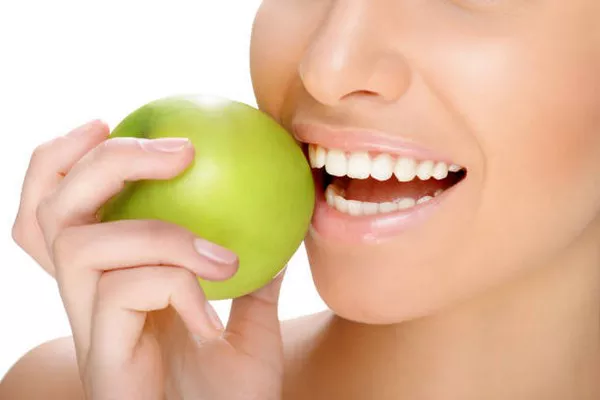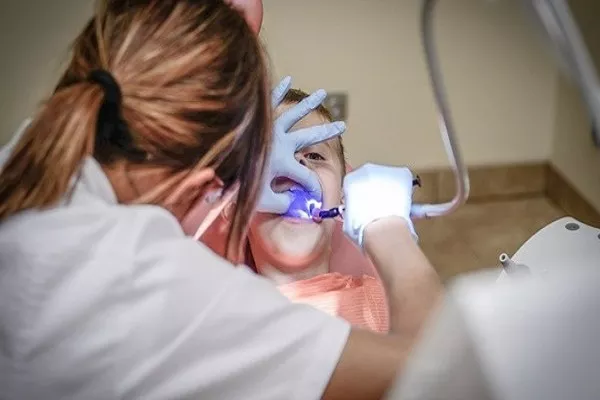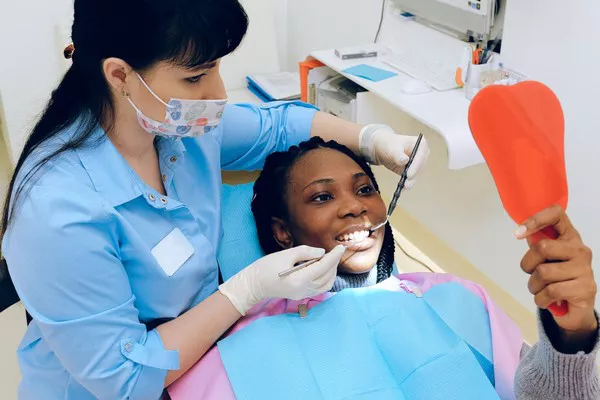After undergoing a dental filling procedure, proper postoperative care, including diet considerations, is crucial for optimal healing and recovery. Knowing what to eat, when to eat, and how to eat can significantly impact your comfort and the success of your dental work. In this comprehensive guide, we’ll explore various aspects of eating after a filling, including wait times, dietary recommendations, sensitivity management, and more, to help you navigate this essential aspect of post-filling care.
Types of Fillings and Wait Times
Different types of fillings require different wait times before you can resume eating normally:
- Amalgam Fillings: Amalgam fillings, composed of a mixture of metals, typically require a 24-hour wait period before eating solid foods. This allows the filling to fully harden and set in place.
- Composite Fillings: Composite fillings, made of a tooth-colored resin material, harden immediately upon exposure to a curing light. As a result, there is no need to wait before eating after receiving a composite filling.
Effect of Local Anesthetic
Local anesthesia is commonly administered during dental filling procedures to numb the area being treated and minimize discomfort. It’s essential to wait until the numbness wears off before attempting to eat to avoid accidentally biting the tongue, cheek, or lips. The duration of numbness can vary depending on the type and amount of anesthetic used, but it typically lasts for a few hours following the procedure.
Postoperative Discomfort
It’s not uncommon to experience some discomfort or sensitivity after getting a dental filling. This discomfort may be exacerbated by eating certain foods, particularly those that are hard, crunchy, or hot/cold. Over-the-counter pain medication such as ibuprofen or acetaminophen can help alleviate any discomfort and make eating more comfortable during the initial recovery period.
Gum Tissue Care
After a filling, you may experience some irritation or soreness in the gum tissue surrounding the treated tooth. Rinsing with warm salt water can help soothe the gums and promote healing. Simply mix a teaspoon of salt into a glass of warm water and rinse your mouth gently several times a day, especially after eating.
Sensitivity Management
Teeth sensitivity to hot and cold temperatures is common after getting a filling, especially in the days immediately following the procedure. To manage sensitivity, try avoiding extremely hot or cold foods and beverages, opting instead for items that are closer to room temperature. Using a toothpaste formulated for sensitive teeth can also help alleviate discomfort over time.
Dietary Recommendations
Immediately after getting a filling, it’s best to stick to soft, easy-to-chew foods to avoid putting unnecessary strain on the treated tooth. Recommended options include:
- Yogurt
- Smoothies
- Mashed potatoes
- Soup
- Oatmeal
- Applesauce
- Scrambled eggs
Avoid hard, crunchy, sticky, or chewy foods that could potentially dislodge or damage the filling.
Chewing Tips
When you do resume chewing, take it slow and be mindful of the filled tooth. Avoid chewing directly on the side of the mouth where the filling is located, if possible, to minimize pressure and reduce the risk of discomfort or damage.
Follow-Up
If you experience any issues with your bite or prolonged sensitivity after getting a filling, don’t hesitate to contact your dentist for further evaluation and treatment. Your dentist can assess the filling and make any necessary adjustments to ensure your comfort and oral health.
Professional Consultation
These guidelines are intended to provide general advice on eating after a dental filling. However, it’s essential to follow the specific instructions provided by your dentist, as individual circumstances may vary. If you have any questions or concerns about eating after your filling procedure, be sure to consult with your dentist for personalized guidance and recommendations tailored to your needs.
Conclusion
Proper post-filling dietary choices and eating habits play a significant role in ensuring a smooth and successful recovery. By following these expert tips and recommendations, you can promote healing, minimize discomfort, and maintain optimal oral health after getting a dental filling.
FAQs About Eating and Drinking After Dental Fillings
1. How soon should you eat after a filling?
It’s generally recommended to wait until any numbness from the local anesthesia wears off before attempting to eat after a filling procedure. This typically takes a few hours, but it can vary depending on the type and amount of anesthesia used. Once the numbness subsides, you can start with soft foods and gradually reintroduce solid foods as tolerated.
2. How long does a filling take to set?
The setting time for a dental filling depends on the type of material used. Amalgam fillings typically take about 24 hours to fully set and harden, while composite fillings harden immediately upon exposure to a curing light. Your dentist will provide specific instructions regarding any post-filling restrictions or precautions based on the type of filling used.
3.What not to do after getting a filling?
After getting a filling, it’s important to avoid certain activities and behaviors to ensure proper healing and longevity of the dental work. Some things to avoid include:
- Eating hard, crunchy, or sticky foods that could dislodge the filling.
- Chewing directly on the treated tooth or applying excessive pressure to the filled area.
- Smoking or using tobacco products, as they can hinder healing and increase the risk of complications.
- Drinking hot or cold beverages immediately after the procedure, as sensitivity is common in the days following a filling.
4. How long after a filling can you drink water?
You can typically drink water immediately after getting a filling, as it’s unlikely to interfere with the setting or integrity of the dental work. However, it’s essential to avoid using a straw for the first 24 hours after the procedure, as the suction force could potentially dislodge the filling. Additionally, if you experience any numbness from the anesthesia, be cautious when drinking water to prevent accidentally biting your tongue, cheek, or lips.






























